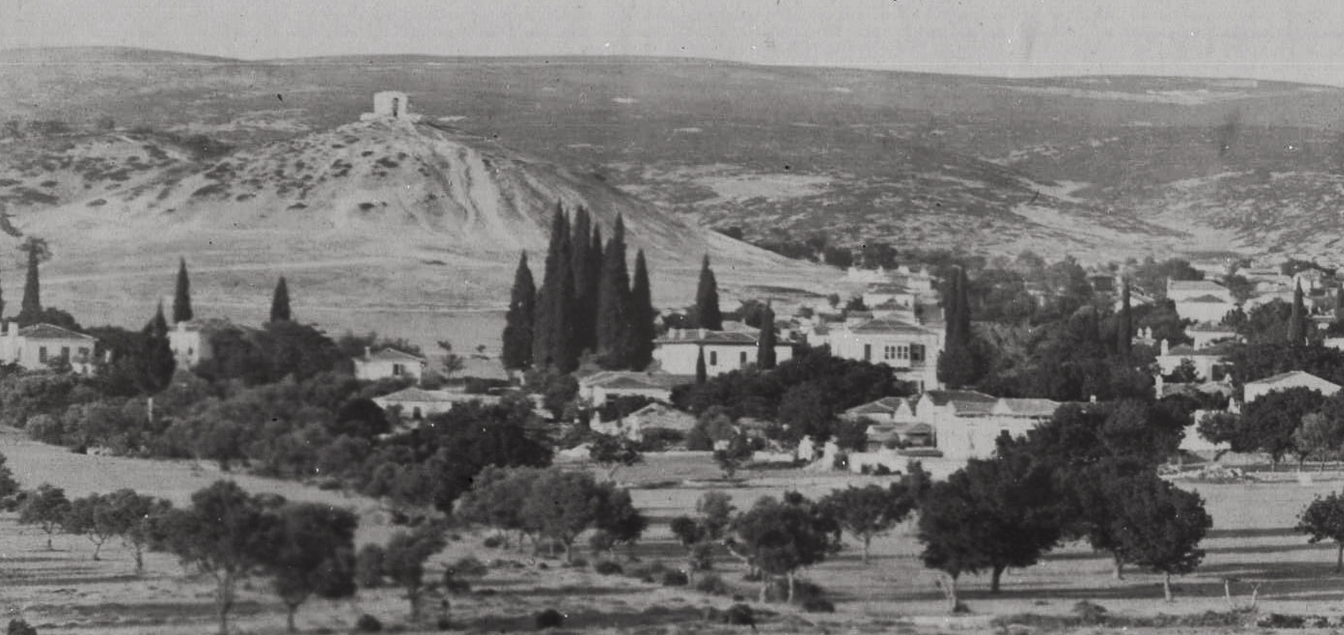The curious story of Tingirtepe

Before construction began in the 1970s, Buca retained the appearance of a summer resort, and a cone-shaped hill with its clay soils stood out just to the north of it. The Greeks called this hill 'Gemini' or just 'hill' because of the hill behind it, and named the area around it the White Lands. It is not known whether the name Tıngırtepe was said before by the Greeks, and if it was said, how it passed to the Turks. It may have been transferred from the Greeks to the Levantines and from there to the Turks. In addition, it is known that the hill is called 'tumba' by Muslims who come to Buca.
Although names such as 'Mevlana' or 'Mevlana hill' are added to this place due to the Mevlana statue on the hill today, the people of Buca still call the region 'Tumba' or 'Tıngırtepe'. The way Tıngırtepe is placed is quite interesting.
Karapet Tingıryan (1754-1808), who came from an Armenian aristocratic family from Istanbul and was the son of Grigori Hodja, had three sons and a daughter. Petros (Western Armenian Bedros), the youngest of the boys, was born in 1799 to a mother named Mariam. At the age of twelve he enrolled in the Armenian Catholic School in Vienna. He returns to Istanbul in 1818, but Armenian Catholics face difficult times in Istanbul. The Gregorian Armenian Patriarchate in Istanbul exerted religious pressure on Catholic Armenians and was therefore forced to go to Bucharest in 1828. He goes to Vienna and Rome in turn, but cannot find what he wants. Finally, in 1844, he ended his religious activities and settled in the wealthy Buca village of Izmir. Here she studies Greek, Latin, Arabic, Persian, Italian, English, French, Sanskrit, Turkish, German and native classical Armenian. A few years later, his wealthy family built him a stone house on a hill in the region called Astra Khomata (White Lands). Here he invents the Şehleray language in order to create a universal language. He published the alphabet of the language he invented in 1864 in Izmir. He writes poems in this new language and translates them from the French language. He makes a plaque in his own language and hangs it on the entrance door of his house. The plaque reads 'ayzeratand' (temple of wisdom).
It is known that Petros Tingryan does not like women, but gets on well with the villagers. He doesn't talk to a lot of people. He never eats meat, including fish. In his last days, Petros Tıngıryan is convinced that he has had enough and realizes that he is starting to weaken. He lies in his own grave in the middle of the house he previously dug. The next day, he is found dead in his home by his visitors. His death was also published in Izmir newspapers. Petros Tıngıryan lived in Buca for more than forty years, and the hill he lived on continued to be called Tıngırtepe by the people of Buca after he died.
Today, the Tıngır family of Armenian origin continues to live in Istanbul.
Source: https://dash.harvard.edu/bitstream/handle/1/10007898/Sehlerai.pdf?sequence=1Armenian